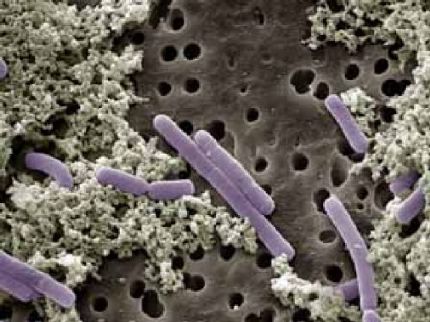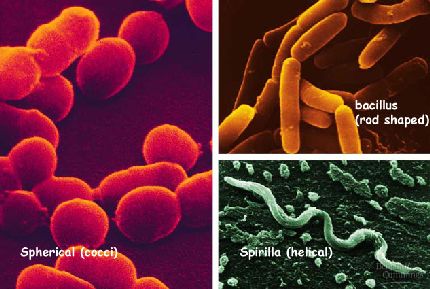Adult pneumococcal vaccine - How do they cost effective? Main Category: Also in accordance with the computer analysis of cost effectiveness in the February issue of JAMA, we recommend using 13-valent pneumococcal conjugated vaccine (PCV13) may prevent more
than the current 23-valent pneumococcal polysaccharide vaccine (PPSV23) recommendations. The costs will remain fairly economical, but researchers note that their results are sensitive to several assumptions. Background paper reports that in PPSV23 vaccine was recommended for prevention of invasive pneumococcal disease (IPD) in adults since 1983, said:
"Most studies show that PPSV23 provides some protection against IPD, but studies have come contradictory conclusions about its ability to prevent nonbacteremic pneumococcal

(APP), resulting in hundreds of thousands of illnesses annually in the United States. "
Authors continue to argue that the effectiveness of PCV13 vaccine plant in adults remains unknown. Food and Drug Administration recently approved PCV13 for use among adults aged 50 years and older, however, the vaccine cost-effectiveness compared with PPSV23 among the adult U.S. population is not known. Kenneth J. Smith, MD, MS, University of Pittsburgh School of Medicine and his team decided to evaluate the effectiveness and cost-effectiveness of pneumococcal vaccination strategies among adults aged 50 and over using different methods of modeling and simulation in a hypothetical group of American 50-year. The Expert Group has developed a strategy of vaccination and efficacy evaluation of indirect (immune) impact of childhood vaccination PCV13 they expected, based on the observed 7-valent pneumococcal conjugated vaccine (PCV7) effects based on data from sources in the Centers for Disease Control and Prevention and Prevention of bacterial activity monitoring Core, National survey discharge from hospital and national data Inpatient Sample and the national survey of health. The results showed that vaccination is not carried out risk assessment for life hospitalized NPP 9. 3% for persons aged 50 and over 0. 86% for IPD and 1. 8% of deaths caused by pneumococcal infection. Comparison of different strategies of vaccination in the analysis showed that those who use PPSV23, estimated to prevent more air compared with strategies using only PCV13, while those with 2 scheduled PCV13 dose is estimated to prevent more nuclear power plants. Baseline scenario shows that in terms of economic efficiency, management PCV13 as a substitute for PPSV23 in real recommendations, i. BC vaccination of persons aged 65 and younger, if coexisting illnesses present is estimated to cost $ 28,900 per quality adjusted life year (QALY), obtained as compared with no vaccination. This makes PCV13 more cost-effective compared with currently recommended PPSV23 strategy. Conventional vaccination at the age of 50 to 65 years is estimated to cost $ 45,100 per QALY for PCV13 compared with PCV13 replace the current guidelines, while the score showed that the use of PCV13 50 to 65 years follow PPSV23 for 75 years would cost of $ 496,000 per QALY received. "There is no absolute criterion of economic efficiency, but in general, measures costing less than $ 20,000 in QALY was felt to have strong evidence for action worth $ 20,000 to $ 100,000 in QALY have moderate evidence, and those over $ 100,000 in QALY is weak evidence for adoption. "
They emphasize that while their results were robust to sensitivity analysis and alternative scenarios, they are joining the low effectiveness against pneumococcal pneumonia PCV13 nonbacteremic, or when more indirect effects of vaccination were modeled. In these conditions PPSV23 as currently recommended was in favor. "Model assessment of adults PCV13 be strengthened evidence PCV13 effectiveness against nuclear power in current clinical trials and available data on the indirect effects of children on adult level PCV13 pneumococcal disease."
Eugene DI Shapiro, MD, Yale University School of Medicine and Yale University Graduate School of Arts and Sciences, New Haven, Connecticut, wrote in an editorial due to that policy is likely to need all Yet they decided to recommend changing strattera no prescritpion strategies of immunization of adults in the absence of definitive data on all the values that contribute to the analysis of potential cost-effectiveness of changes in policy, saying:.
"Analysis of Smith and others to provide a reasonable basis from which to approach this question, however, if the recommendations made to switch to PCV13 for adults, the extent to which these lower rates, as invasive pneumococcal infection and NPP among adults in communications connection with the transition to PCV13 for adults, or have already implemented the administration PCV13 children may never be known. What seems clear that improved vaccines against pneumococcus and higher immunization rates are likely to lead to continued reduction in the incidence of infections caused by this pathogen in common. "
Not be reproduced without permission of Medical News Today << >>





